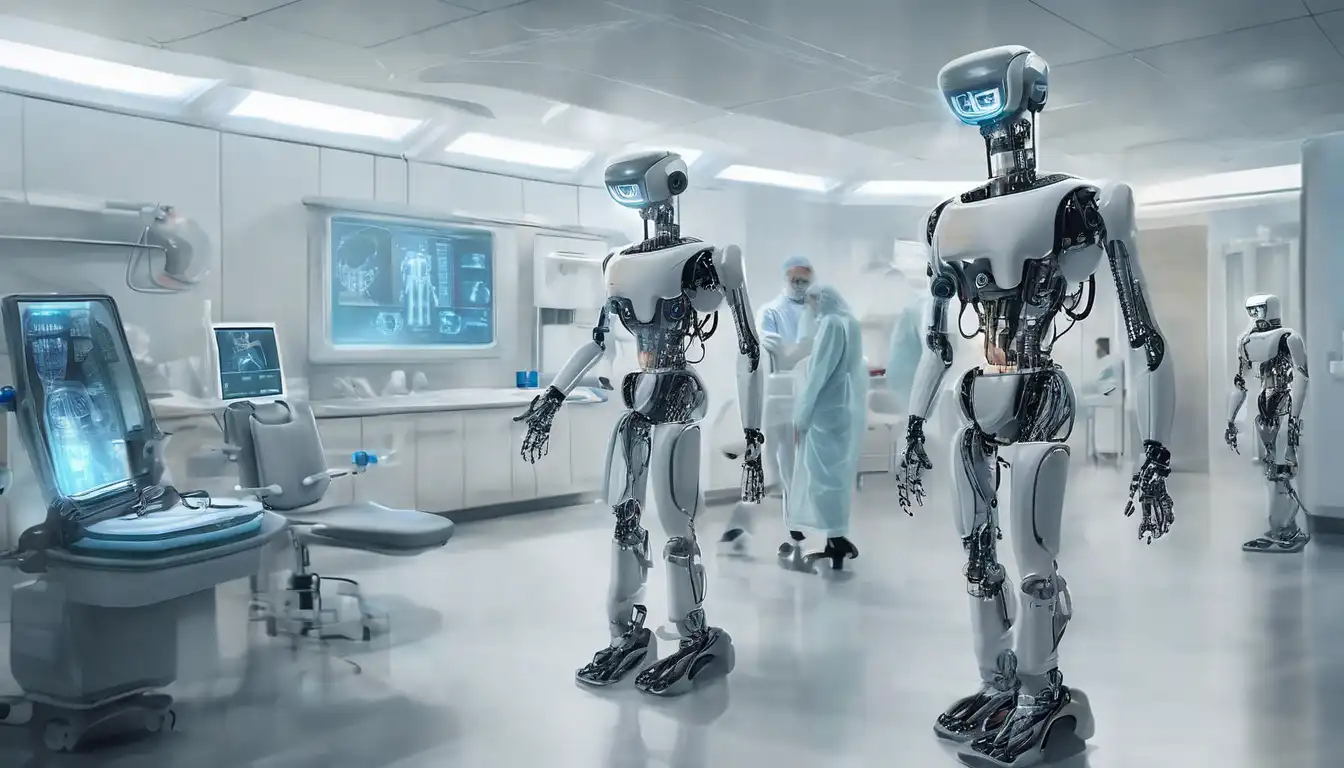Introduction to Robotics in Healthcare
The integration of robotics into healthcare is transforming the way patient care is delivered. From surgical robots to rehabilitation robotics, the future of healthcare is being reshaped by technological advancements. This article explores the potential of robotics in healthcare, highlighting key innovations and their impact on patient outcomes.
The Current State of Robotics in Healthcare
Today, robotics plays a pivotal role in various healthcare settings. Surgical robots, such as the Da Vinci Surgical System, enable surgeons to perform complex procedures with precision and minimal invasiveness. Rehabilitation robots assist patients in recovering from strokes or injuries, offering personalized therapy sessions. Additionally, robotic prosthetics have significantly improved the quality of life for amputees.
Emerging Trends in Healthcare Robotics
The future of robotics in healthcare is bright, with several emerging trends set to revolutionize the industry. These include:
- Autonomous Robotic Nurses: Designed to assist with patient care, these robots can monitor vital signs, deliver medication, and even provide companionship.
- Nanobots: Tiny robots that can perform tasks at a cellular level, offering potential breakthroughs in cancer treatment and drug delivery.
- AI-Powered Diagnostics: Combining robotics with artificial intelligence to analyze medical data and assist in diagnosing diseases with high accuracy.
Challenges and Considerations
Despite the promising advancements, the integration of robotics into healthcare faces several challenges. These include high costs, ethical concerns, and the need for extensive training for healthcare professionals. Addressing these issues is crucial for the widespread adoption of robotic technologies in healthcare.
The Impact on Patient Care
Robotics in healthcare has the potential to significantly improve patient care by increasing precision, reducing recovery times, and minimizing human error. For example, robotic-assisted surgeries often result in less pain and quicker recovery for patients. Furthermore, telepresence robots allow specialists to consult with patients remotely, expanding access to care.
Looking Ahead: The Future of Robotics in Healthcare
As technology continues to evolve, the possibilities for robotics in healthcare are endless. Future developments may include fully autonomous surgical robots, advanced prosthetics with sensory feedback, and robots capable of performing complex diagnostic procedures. The key to unlocking these advancements lies in continued research, investment, and collaboration between technologists and healthcare professionals.
In conclusion, the future of robotics in healthcare promises to enhance the efficiency, accuracy, and accessibility of patient care. By embracing these technological innovations, the healthcare industry can look forward to a future where robots and humans work side by side to improve health outcomes worldwide.
